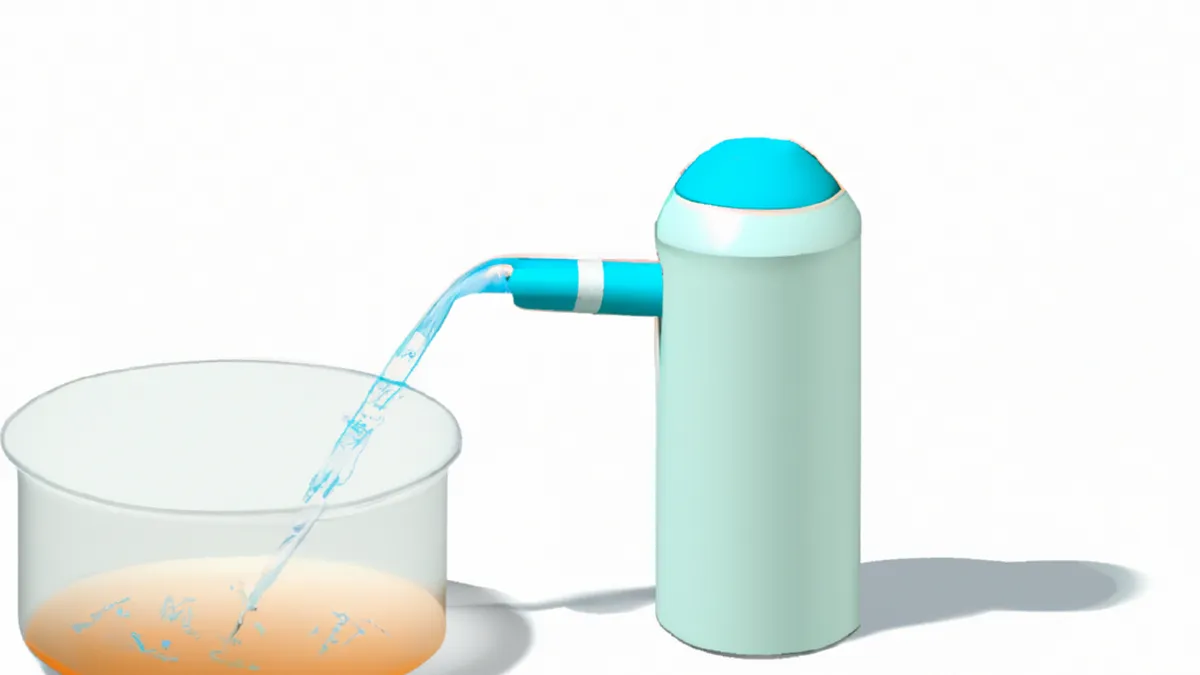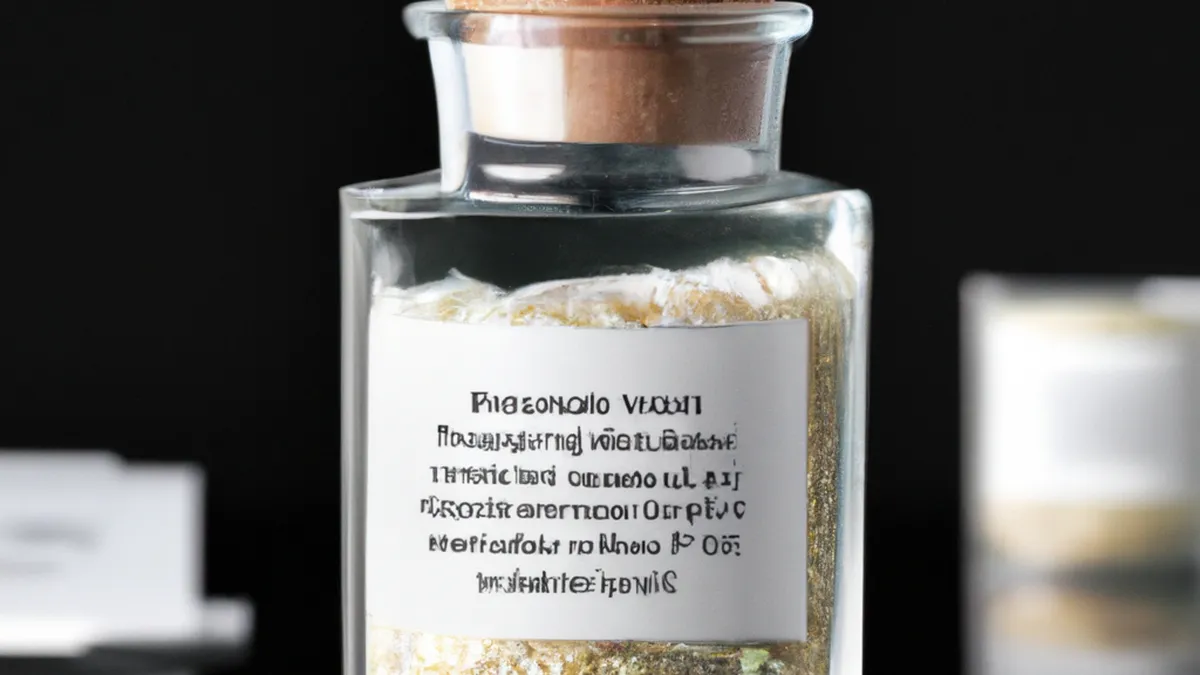Quenching Thirst: Key to Effective Hydration
Understanding Thirst Mechanisms in Hydration Strategies
Staying hydrated promotes overall health, yet many people ignore their thirst signals. Recognizing these mechanisms can enhance your hydration strategy. This post explores thirst science, helps you identify thirst signals, and offers practical hydration tips.
The Science of Thirst
Thirst is a physiological response that indicates your body needs fluids. The brain, hormones, and kidneys regulate this process. When sweating, urinating, or breathing, you lose water, decreasing blood volume. This drop activates hypothalamic osmoreceptors, which monitor blood solute concentration. As solute concentration rises, these receptors trigger thirst.
The kidneys also maintain fluid balance. When dehydrated, they conserve water by concentrating urine and releasing antidiuretic hormone (ADH). This hormone signals kidneys to reabsorb more water, reducing urine output. When well-hydrated, ADH levels drop, allowing excess water excretion.
Dehydration disrupts your body’s electrolyte balance. Electrolytes like sodium and potassium support muscle contraction and nerve signaling. Dehydration shifts this balance, increasing thirst. Your body urges you to drink water or eat hydrating foods to restore equilibrium.
Recognizing Thirst Signals
Many people overlook thirst cues, choosing sugary drinks or caffeine instead of water. However, recognizing these signals is vital for hydration. Thirst indicates your body’s need for fluids. Common thirst signs include a dry mouth, sticky lips, and fatigue. Severe symptoms like dizziness, headaches, or confusion may indicate significant dehydration.
Pay attention to how often you feel thirsty. Frequent thirst suggests insufficient fluid intake. Instead of waiting for extreme thirst, drink water regularly. A proactive hydration approach helps you avoid uncomfortable dehydration symptoms and maintains optimal body function.
The Importance of Preventing Dehydration
Dehydration can cause various health issues, both acute and chronic. Mild dehydration may lead to headaches, fatigue, impaired cognitive function, and decreased physical performance. For athletes, even slight dehydration negatively affects endurance, strength, and reaction time. Severe dehydration can result in kidney stones, heat exhaustion, or heat stroke.
To prevent these problems, develop a proactive hydration plan. Drinking water regularly keeps you ahead of thirst signals. Aim for at least eight 8-ounce glasses of water daily.
Conclusion
In summary, understanding thirst mechanisms and recognizing your signals can significantly improve hydration strategies. Prioritize hydration for better health.
Below are related products based on this post:
FAQ
What physiological mechanisms regulate thirst in the body?
Thirst is regulated by the brain, hormones, and kidneys. When the body loses water through sweating, urinating, or breathing, blood volume decreases, which activates hypothalamic osmoreceptors that monitor blood solute concentration. As solute concentration rises, these receptors trigger the sensation of thirst. Additionally, the kidneys play a role by conserving water and releasing antidiuretic hormone (ADH) when dehydrated.
How can I recognize if I am dehydrated?
Common signs of dehydration include a dry mouth, sticky lips, and fatigue. More severe symptoms may involve dizziness, headaches, or confusion. If you find yourself frequently feeling thirsty, it may indicate insufficient fluid intake. It’s essential to drink water regularly rather than waiting for extreme thirst to avoid uncomfortable dehydration symptoms.
What are the potential health effects of dehydration?
Dehydration can lead to various health issues, ranging from mild symptoms like headaches and fatigue to more severe consequences such as impaired cognitive function and decreased physical performance. For athletes, even slight dehydration can negatively impact endurance, strength, and reaction time. Severe dehydration can result in serious conditions like kidney stones, heat exhaustion, or heat stroke.















Post Comment